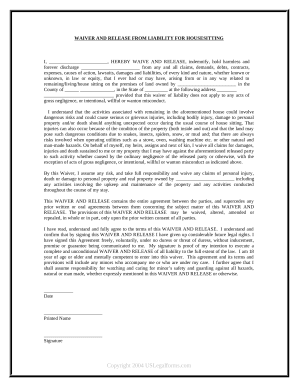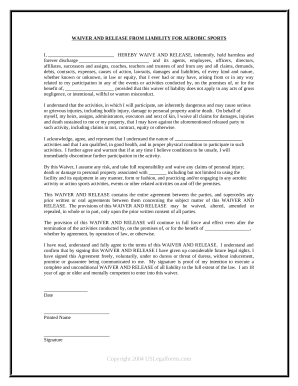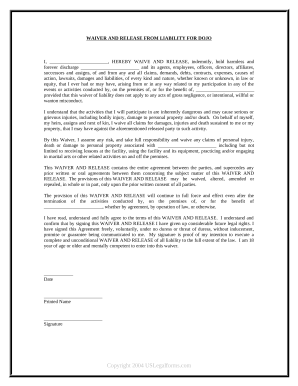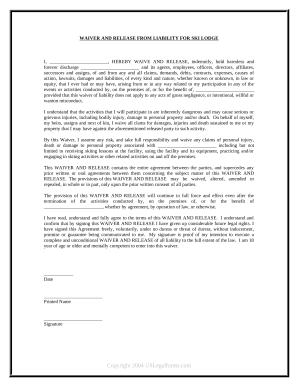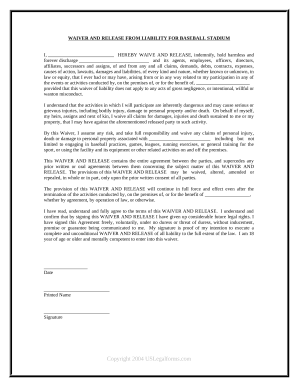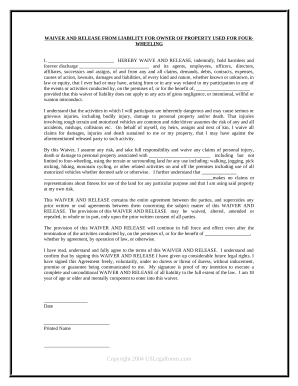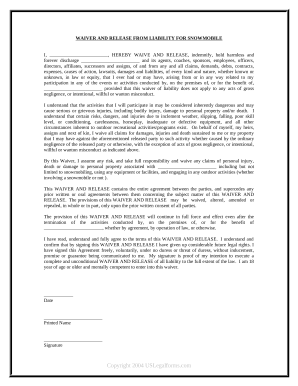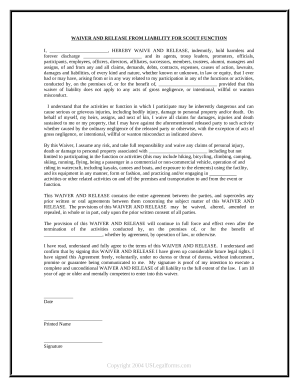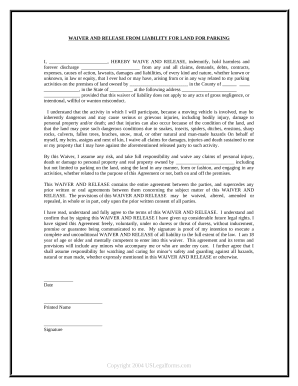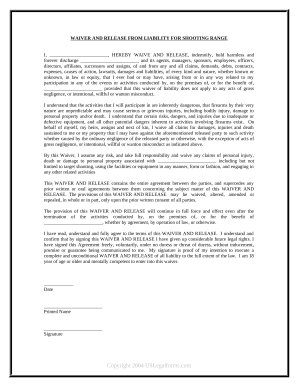Boost your efficiency with Adult Release and Waiver Forms
Form management takes up to half of your office hours. With DocHub, you can easily reclaim your office time and boost your team's productivity. Get Adult Release and Waiver Forms category and check out all templates relevant to your everyday workflows.
Easily use Adult Release and Waiver Forms:
- Open Adult Release and Waiver Forms and apply Preview to get the appropriate form.
- Click Get Form to begin working on it.
- Wait for your form to open in our online editor and start editing it.
- Add new fillable fields, icons, and pictures, modify pages, and many more.
- Fill out your file or prepare it for other contributors.
- Download or deliver the form by link, email attachment, or invite.
Boost your everyday file management using our Adult Release and Waiver Forms. Get your free DocHub profile right now to explore all templates.

